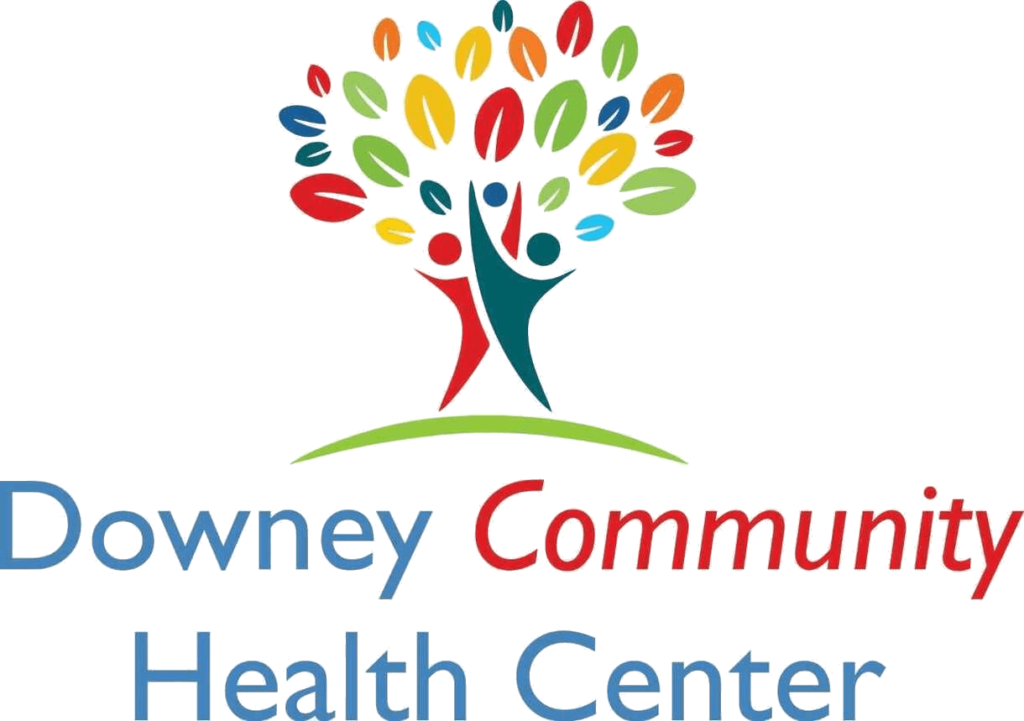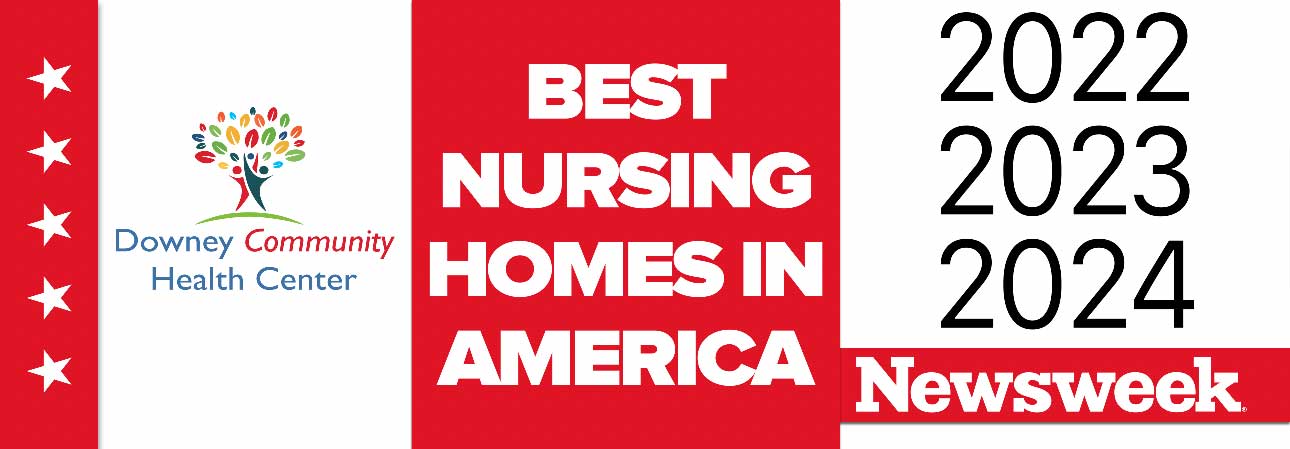Skilled Nursing Facility (SNF) care is a specialized form of short-term medical care and rehabilitation services provided to patients recovering from illness, injury, or surgery. SNFs offer 24-hour skilled nursing care, therapy services, and assistance with daily activities in a supportive environment.
These facilities play a crucial role in healthcare by bridging the gap between hospital stays and returning home, reducing the risk of complications and hospital readmissions.
The 100-day mark is significant in SNF care because it typically represents the maximum duration of Medicare coverage for a benefit period, after which patients may need to explore alternative payment options or care settings.
Medicare Coverage for SNF Care
Medicare covers up to 100 days of skilled nursing facility (SNF) care per benefit period. For the first 20 days, Medicare pays the full cost. From days 21-100, patients pay a daily coinsurance ($204 in 2024)5. After 100 days, Medicare coverage ends, and patients must pay out of pocket.
To regain eligibility, patients need to be out of a hospital or SNF for 60 consecutive days, followed by a new three-day qualifying hospital stay. Alternative payment options after 100 days include long-term care insurance, Medicaid (for those with low income), or private funds.
It’s crucial to track SNF days to avoid unexpected costs. Some Medicare Advantage plans may offer additional coverage, so it’s worth checking with your specific plan provider.
Financial Implications of SNF Care Beyond 100 Days
Medicare covers up to 100 days of skilled nursing facility (SNF) care per benefit period. For the first 20 days, Medicare pays the full cost. From days 21-100, patients pay a daily coinsurance ($204 in 2024)5. After 100 days, Medicare coverage ends, and patients must pay out of pocket.
To regain eligibility, patients need to be out of a hospital or SNF for 60 consecutive days, followed by a new three-day qualifying hospital stay. Alternative payment options after 100 days include long-term care insurance, Medicaid (for those with low income), or private funds.
It’s crucial to track SNF days to avoid unexpected costs. Some Medicare Advantage plans may offer additional coverage, so it’s worth checking with your specific plan provider.
The Role of Family and Caregivers in Extended SNF Care
Family members and caregivers play a vital role in extended skilled nursing facility (SNF) care. They often serve as advocates, ensuring their loved one receives appropriate care and maintaining communication with the healthcare team. Families can participate in care planning meetings, monitor the patient’s progress, and provide emotional support.
Many SNFs offer support services for family caregivers, including educational programs, counseling, and respite care options. It’s important for families to understand their legal rights and responsibilities, such as healthcare power of attorney and advance directives.
Ethical considerations may arise, particularly regarding end-of-life care decisions. Families should stay informed about the facility’s policies and procedures, and seek guidance from social workers or patient advocates when needed. Open communication with the SNF staff is crucial for optimal care outcomes.
Alternative Care Options After 100 Days in SNF
After 100 days in a skilled nursing facility (SNF), patients have several alternative care options. Home health care provides skilled nursing and therapy services in the comfort of one’s home, often at a lower cost than SNF care.
Assisted living facilities offer a balance between independence and support, with less intensive medical care than SNFs. Hospice care focuses on comfort and quality of life for terminally ill patients, rather than curative treatment. Transitional Care Units (TCUs) provide short-term care to bridge the gap between hospital and home.
Outpatient rehabilitation offers therapy services without the need for overnight stays, allowing patients to live at home while receiving treatment. Each option has unique benefits and considerations, and the choice depends on the individual’s medical needs, personal preferences, and financial situation.
Clinical Considerations and Health Outcomes
Extended stays in skilled nursing facilities (SNFs) beyond 100 days can have significant impacts on patient health and recovery. While some patients may continue to benefit from skilled care, others may plateau or experience functional decline. Medical necessity remains the key factor in determining continued SNF care, with ongoing assessments evaluating progress in areas such as mobility, wound healing, and cognitive function.
Health outcomes can vary widely, depending on the individual’s condition and care quality. Regular monitoring by interdisciplinary teams is crucial to determine when a patient is ready for discharge or requires a different level of care.
Prolonged SNF stays may increase the risk of hospital-acquired infections or deconditioning, highlighting the importance of timely transitions to appropriate care settings when medical goals are achieved.
How to Plan for Care Beyond 100 Days
Planning for care beyond 100 days in a skilled nursing facility (SNF) requires careful consideration and preparation. Advance care planning involves discussing preferences with family and healthcare providers, and documenting wishes through advance directives. Insurance planning is crucial, with options like long-term care insurance to supplement Medicare coverage.
When selecting an SNF for extended care, consider factors such as quality ratings, staff-to-patient ratios, and specialized services. It’s essential to have open conversations with healthcare providers about the potential need for extended care, discussing medical necessity, treatment goals, and alternative care options.
Regular reassessment of the care plan and exploring community resources can help ensure the best possible outcomes for long-term SNF residents.
The Future of SNF Care Beyond 100 Days
The future of skilled nursing facility (SNF) care beyond 100 days is evolving with emerging trends and innovations. Telemedicine and remote monitoring technologies are expanding, allowing for more efficient care delivery and reduced costs. Person-centered care models are gaining traction, focusing on individualized treatment plans and quality of life.
Innovative practices like robotic assistance and virtual reality therapy are being integrated to enhance rehabilitation outcomes. Policy changes are addressing the growing need for extended care, with some proposals considering expanded Medicare coverage or new long-term care insurance options.
The COVID-19 pandemic has also influenced policy, with temporary extensions of Medicare SNF coverage for affected individuals. As the aging population grows, there’s an increased focus on developing sustainable models for prolonged skilled nursing care that balance quality, cost-effectiveness, and patient outcomes.
Conclusion
Understanding skilled nursing facility care beyond 100 days is crucial for patients and their families. Medicare coverage for skilled nursing facility care is limited to 100 days per benefit period, with full coverage for the first 20 days and coinsurance for days 21-100. After this period, patients must explore alternative payment options or care settings.
It’s important to remember that skilled nursing facilities provide short-term rehabilitation services and medical care, while nursing homes typically offer long-term custodial care. Medicare and Medicare Advantage plans may terminate coverage before 100 days if the patient reaches their functional level or no longer requires daily skilled care. Facilities are required to provide written notice (Notice of Medicare Non-Coverage) 48 hours before ending coverage, which helps families prepare for the next steps.
After Medicare coverage ends, patients may need to transition to private pay, long-term care insurance, or Medicaid for continued care. To navigate post-100-day SNF care effectively, families should communicate regularly with the facility’s staff about care progress and coverage status. Exploring alternative care options, such as home health care or assisted living, can also be beneficial. Understanding the difference between skilled care and custodial care is essential to anticipate coverage changes.
By being proactive in understanding SNF care beyond 100 days, families can ensure proper continuity of care and financial planning for their loved ones.
Explore Our Services
Discover how Downey Community Health Center can support your recovery with our comprehensive skilled nursing facility care. Learn more about our services today!







